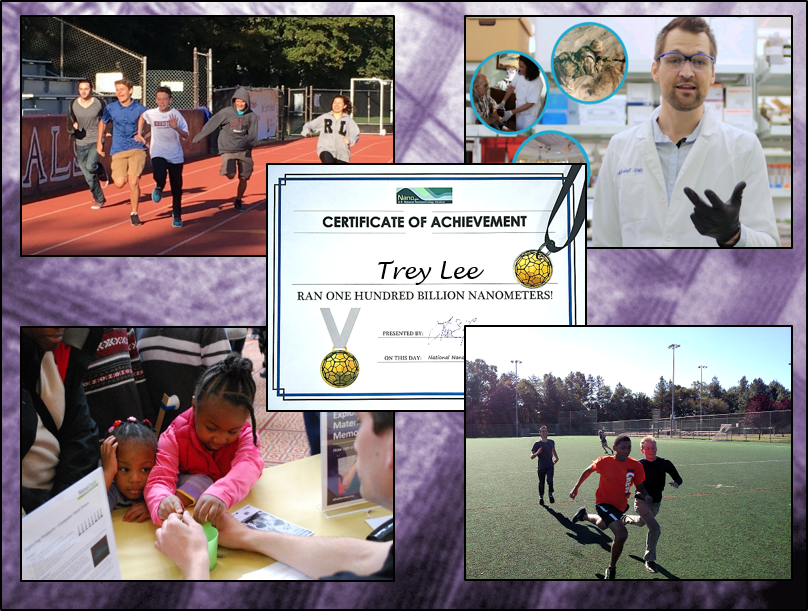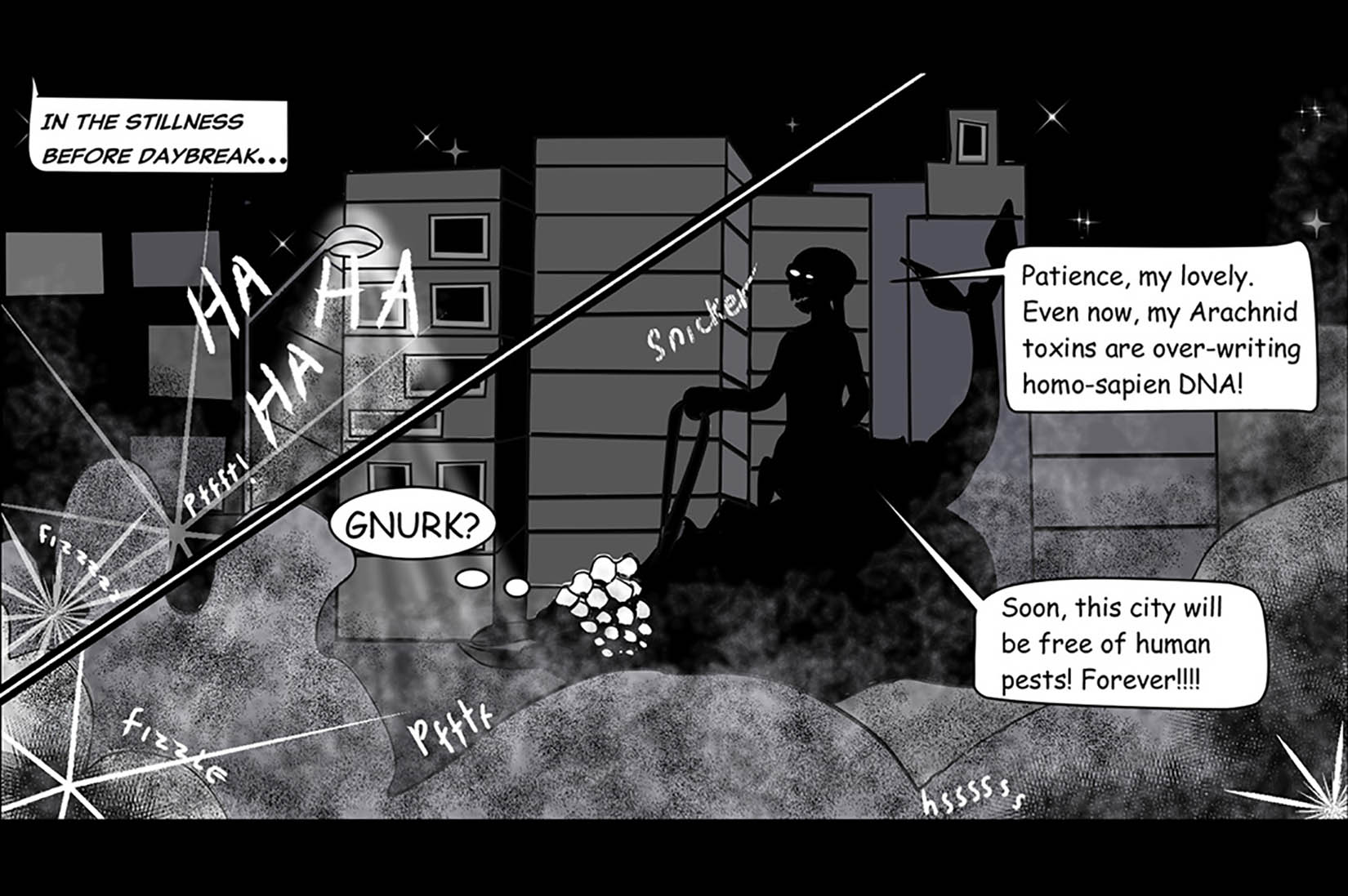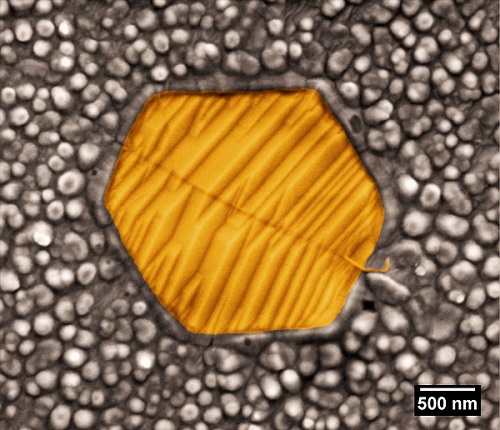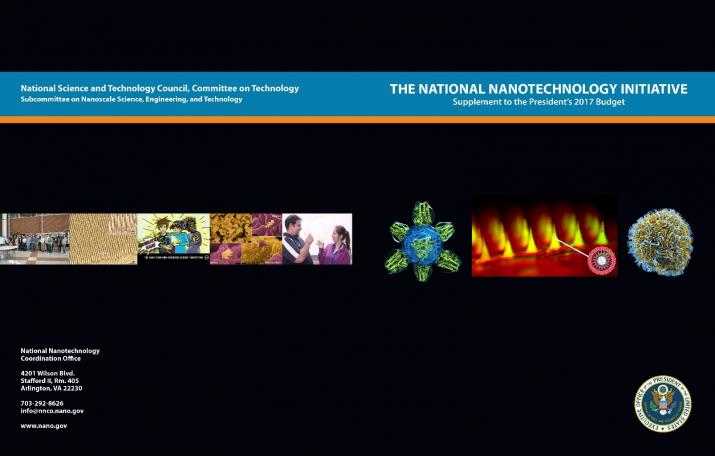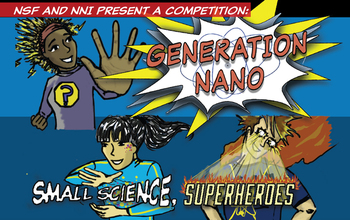It’s always interesting to contrast two approaches to the same issue, in this case, innovation and education strategies designed to improve the economies of the United States and of British Columbia, a province in Canada.
One of the major differences regarding education in the US and in Canada is that the Canadian federal government, unlike the US federal government, has no jurisdiction over the matter. Education is strictly a provincial responsibility.
I recently wrote a commentary (a Jan. 19, 2016 posting) about the BC government’s Jan. 18, 2016 announcement of its innovation strategy in a special emphasis on the education aspect. Premier Christy Clark focused largely on the notion of embedding courses on computer coding in schools from K-12 (kindergarten through grade 12) as Jonathon Narvey noted in his Jan. 19, 2016 event recap for Betakit,
While many in the tech sector will be focused on the short-term benefits of a quick injection of large capital [a $100M BC Tech Fund as part of a new strategy was announced in Dec. 2015 but details about the new #BCTECH Strategy were not shared until Jan. 18, 2016], the long-term benefits for the local tech sector are being seeded in local schools. More than 600,000 BC students will be getting basic skills in the K-12 curriculum, with coding academies, more work experience electives and partnerships between high school and post-secondary institutions.
Here’s what I had to say in my commentary (from the Jan. 19, 2016 posting),
… the government wants to embed computer coding into the education system for K-12 (kindergarten to grade 12). One determined reporter (Canadian Press if memory serves) attempted to find out how much this would cost. No answer was forthcoming although there were many words expended. Whether this failure was due to ignorance (disturbing!) or a reluctance to share (also disturbing!) was impossible to tell. Another reporter (Georgia Straight) asked about equipment (coding can be taught with pen and paper but hardware is better). … Getting back to the reporter’s question, no answer was forthcoming although the speaker was loquacious.
Another reporter asked if the government had found any jurisdictions doing anything similar regarding computer coding. It seems they did consider other jurisdictions although it was claimed that BC is the first to strike out in this direction. Oddly, no one mentioned Estonia, known in some circles as E-stonia, where the entire school system was online by the late 1990s in an initiative known as the ‘Tiger Leap Foundation’ which also supported computer coding classes in secondary school (there’s more in Tim Mansel’s May 16, 2013 article about Estonia’s then latest initiative to embed computer coding into grade school.) …
Aside from the BC government’s failure to provide details, I am uncomfortable with what I see as an overemphasis on computer coding that suggests a narrow focus on what constitutes a science and technology strategy for education. I find the US approach closer to what I favour although I may be biased since they are building their strategy around nanotechnology education.
The US approach had been announced in dribs and drabs until recently when a Jan. 26, 2016 news item on Nanotechnology Now indicated a broad-based plan for nanotechnology education (and computer coding),
Over the past 15 years, the Federal Government has invested over $22 billion in R&D under the auspices of the National Nanotechnology Initiative (NNI) to understand and control matter at the nanoscale and develop applications that benefit society. As these nanotechnology-enabled applications become a part of everyday life, it is important for students to have a basic understanding of material behavior at the nanoscale, and some states have even incorporated nanotechnology concepts into their K-12 science standards. Furthermore, application of the novel properties that exist at the nanoscale, from gecko-inspired climbing gloves and invisibility cloaks, to water-repellent coatings on clothes or cellphones, can spark students’ excitement about science, technology, engineering, and mathematics (STEM).
An earlier Jan. 25, 2016 White House blog posting by Lisa Friedersdorf and Lloyd Whitman introduced the notion that nanotechnology is viewed as foundational and a springboard for encouraging interest in STEM (science, technology, engineering, and mathematics) careers while outlining several formal and information education efforts,
The Administration’s updated Strategy for American Innovation, released in October 2015, identifies nanotechnology as one of the emerging “general-purpose technologies”—a technology that, like the steam engine, electricity, and the Internet, will have a pervasive impact on our economy and our society, with the ability to create entirely new industries, create jobs, and increase productivity. To reap these benefits, we must train our Nation’s students for these high-tech jobs of the future. Fortunately, the multidisciplinary nature of nanotechnology and the unique and fascinating phenomena that occur at the nanoscale mean that nanotechnology is a perfect topic to inspire students to pursue careers in science, technology, engineering, and mathematics (STEM).
…
The Nanotechnology: Super Small Science series [mentioned in my Jan. 21, 2016 posting] is just the latest example of the National Nanotechnology Initiative (NNI)’s efforts to educate and inspire our Nation’s students. Other examples include:
- The Generation Nano: Small Science, Superheroes contest [mentioned in my Nov. 24, 2015 posting], hosted by the NSF [US National Science Foundaton] and the NNI, challenges high school students to design nanotechnology-enabled gear for an original superhero. This contest has garnered the support of none other than Stan Lee, the co-creator of such legendary Marvel comic book characters as Spider-Man, Iron Man, the Fantastic Four, and the X-Men! Submissions are due February 2, 2016; consult the contest web site for details.
- NNCO [National Nanotechnology Coordination Office] and the National Institute of Standards and Technology collaborated with Fairfax County Public Schools in Virginia to develop the middle school video series Innovation Workshop: Nanotechnology, which was recently distributed nationwide. Students at Western Carolina University, with guidance from the NNCO, have created educational animations about nanotechnology [mentioned in my Jan. 21, 2016 posting] that are featured on Science Matters, Community Idea Stations. These videos and animations are also available through Nano.gov.
- NNCO is expanding the teacher resources on Nano.gov and working with nanoHUB to develop a searchable database for nanoeducation. This portal addresses a critical challenge identified at the NSF Nanoscale Science and Engineering Education (NSEE) Workshop: the difficulty educators face in finding appropriate lesson plans, laboratories, and other resources for teaching nanoscience and engineering in their classrooms.
- NNCO is coordinating a growing, national Nano & Emerging Technologies Student Network. The network consists of student-run clubs at colleges and universities across the country that are focused on raising awareness of current and potential applications of emerging technologies, as well as promoting opportunities for student research and internships. The network will convene for the first time this summer at the TechConnect World Innovation Conference & Expo at the National Harbor in Maryland.
The announcement about computer coding and courses being integrated in the US education curricula K-12 was made in US President Barack Obama’s 2016 State of the Union speech and covered in a Jan. 30, 2016 article by Jessica Hullinger for Fast Company,
In his final State Of The Union address earlier this month, President Obama called for providing hands-on computer science classes for all students to make them “job ready on day one.” Today, he is unveiling how he plans to do that with his upcoming budget.
The President’s Computer Science for All Initiative seeks to provide $4 billion in funding for states and an additional $100 million directly to school districts in a push to provide access to computer science training in K-12 public schools. The money would go toward things like training teachers, providing instructional materials, and getting kids involved in computer science early in elementary and middle school.
There are more details in the Hullinger’s article and in a Jan. 30, 2016 White House blog posting by Megan Smith,
Computer Science for All is the President’s bold new initiative to empower all American students from kindergarten through high school to learn computer science and be equipped with the computational thinking skills they need to be creators in the digital economy, not just consumers, and to be active citizens in our technology-driven world. Our economy is rapidly shifting, and both educators and business leaders are increasingly recognizing that computer science (CS) is a “new basic” skill necessary for economic opportunity and social mobility.
CS for All builds on efforts already being led by parents, teachers, school districts, states, and private sector leaders from across the country.
…
…
Nothing says one approach has to be better than the other as there’s usually more than one way to accomplish a set of goals. As well, it’s unfair to expect a provincial government to emulate the federal government of a larger country with more money to spend. I just wish the BC government (a) had shared details such as the budget allotment for their initiative and (b) would hint at a more imaginative, long range view of STEM education.
Going back to Estonia one last time, in addition to the country’s recent introduction of computer coding classes in grade school, it has also embarked on a nanotechnology/nanoscience educational and entrepreneurial programme as noted in my Sept. 30, 2014 posting,
The University of Tartu (Estonia) announced in a Sept. 29, 2014 press release an educational and entrepreneurial programme about nanotechnology/nanoscience for teachers and students,
…
To bring nanoscience closer to pupils, educational researchers of the University of Tartu decided to implement the European Union LLP Comenius project “Quantum Spin-Off – connecting schools with high-tech research and entrepreneurship”. The objective of the project is to build a kind of a bridge: at one end, pupils can familiarise themselves with modern science, and at the other, experience its application opportunities at high-tech enterprises. “We also wish to inspire these young people to choose a specialisation related to science and technology in the future,” added Lukk [Maarika Lukk, Coordinator of the project].
The pupils can choose between seven topics of nanotechnology: the creation of artificial muscles, microbiological fuel elements, manipulation of nanoparticles, nanoparticles and ionic liquids as oil additives, materials used in regenerative medicine, deposition and 3D-characterisation of atomically designed structures and a topic covered in English, “Artificial robotic fish with EAP elements”.
Learning is based on study modules in the field of nanotechnology. In addition, each team of pupils will read a scientific publication, selected for them by an expert of that particular field. In that way, pupils will develop an understanding of the field and of scientific texts. On the basis of the scientific publication, the pupils prepare their own research project and a business plan suitable for applying the results of the project.
In each field, experts of the University of Tartu will help to understand the topics. Participants will visit a nanotechnology research laboratory and enterprises using nanotechnologies.
The project lasts for two years and it is also implemented in Belgium, Switzerland and Greece.
As they say, time will tell.
